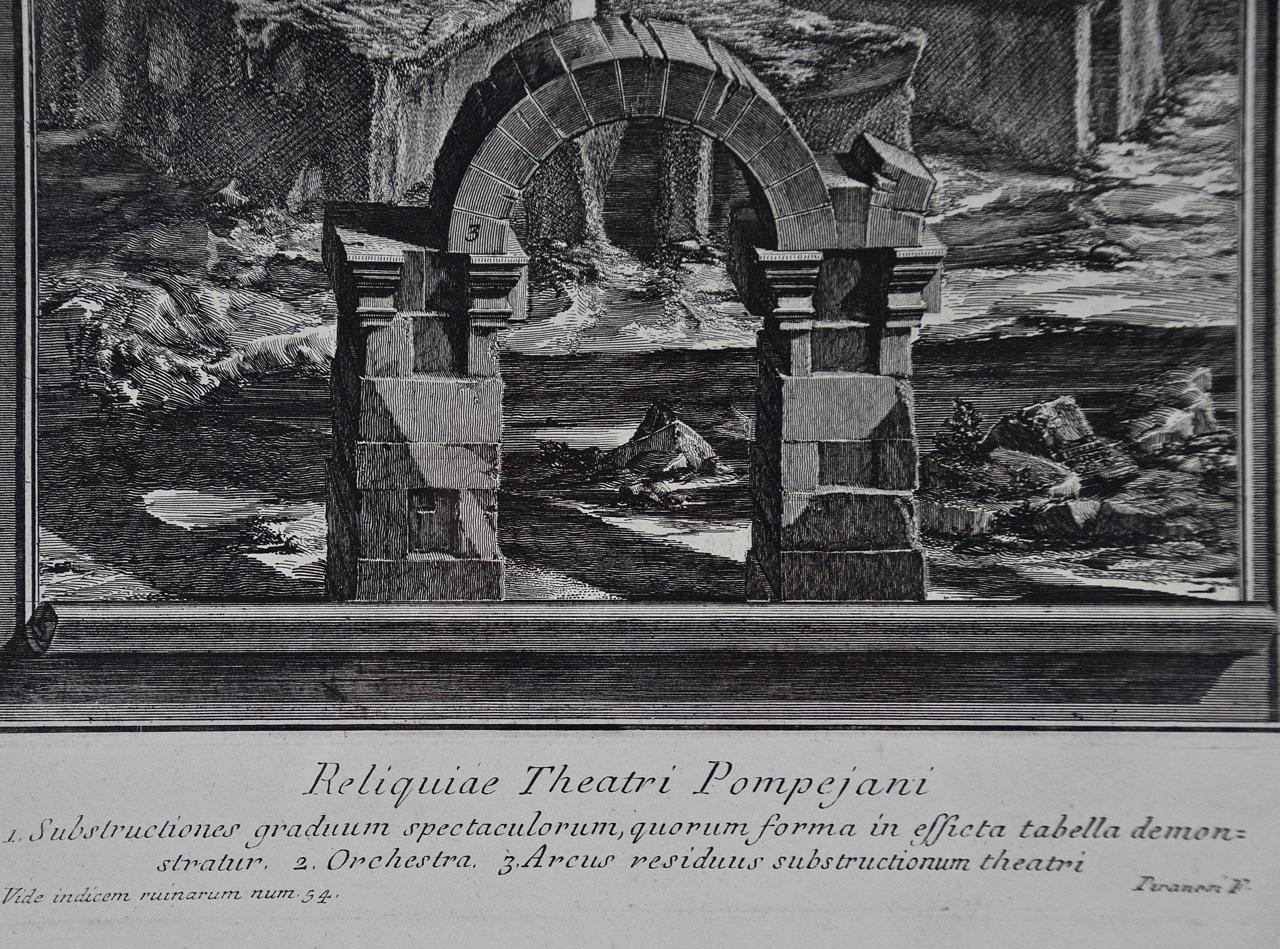
#Giovanni battista piranesi carceri vii series
In 1748–1774, he created an important series of vedute of the city which established his fame. He then returned to Rome, where he opened a workshop in Via del Corso. It was Tiepolo who expanded the restrictive conventions of reproductive, topographical and antiquarian engravings. According to Legrand, Vasi told Piranesi that "you are too much of a painter, my friend, to be an engraver."Īfter his studies with Vasi, he collaborated with pupils of the French Academy in Rome to produce a series of vedute (views) of the city his first work was Prima parte di Architettura e Prospettive (1743), followed in 1745 by Varie Vedute di Roma Antica e Moderna.įrom 1743 to 1747, he was mainly in Venice where, according to some sources, he often visited Giovanni Battista Tiepolo, a leading artist in Venice. Giuseppe Vasi found Piranesi's talent was much greater than that of a mere engraver.
.jpg)
He resided in the Palazzo Venezia and studied under Giuseppe Vasi, who introduced him to the art of etching and engraving of the city and its monuments. His brother Andrea introduced him to Latin literature and ancient Greco-Roman civilization, and later he was apprenticed under his uncle, Matteo Lucchesi, who was a leading architect in Magistrato delle Acque, the state organization responsible for engineering and restoring historical buildings.įrom 1740, he had an opportunity to work in Rome as a draughtsman for Marco Foscarini, the Venetian ambassador of the new Pope Benedict XIV. Piranesi was born in Venice, in the parish of S. He was the father of Francesco Piranesi, Laura Piranesi and Pietro Piranesi.

Giovanni Battista (or Giambattista) Piranesi ( Italian pronunciation: also known as simply Piranesi 4 October 1720 – 9 November 1778) was an Italian classical archaeologist, architect, and artist, famous for his etchings of Rome and of fictitious and atmospheric "prisons" ( Carceri d'invenzione). Le Carceri d'Invenzione and etchings of Rome


 0 kommentar(er)
0 kommentar(er)
